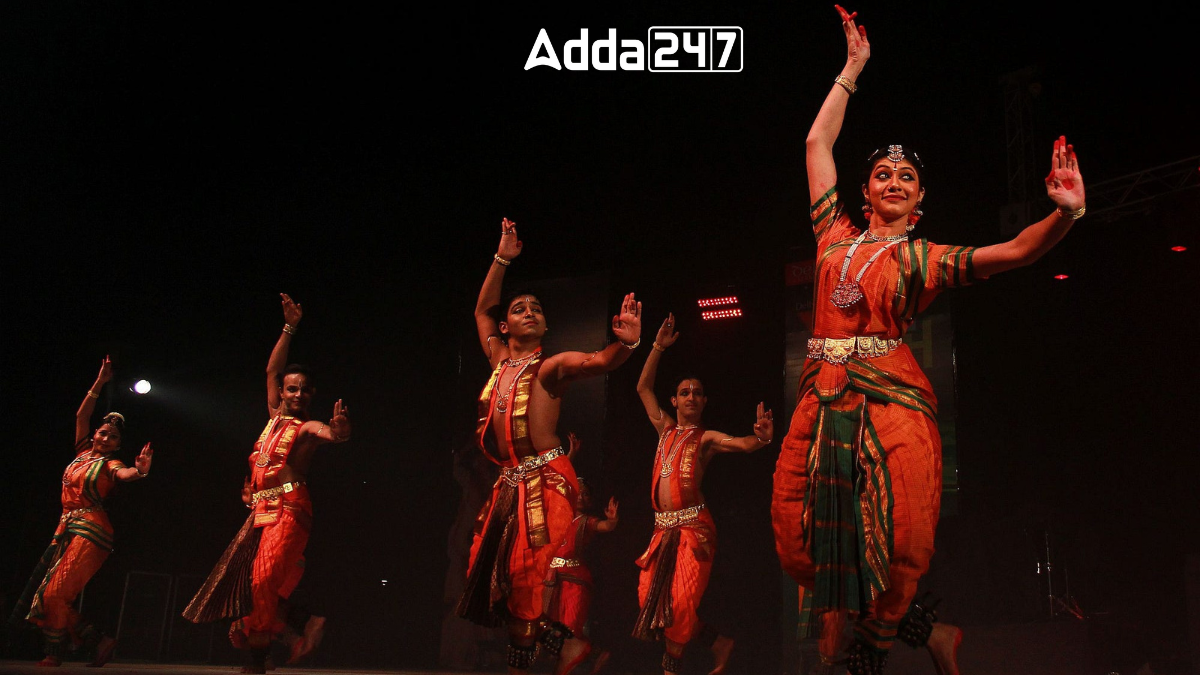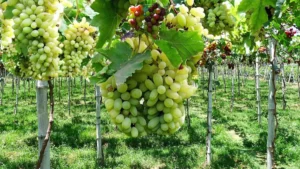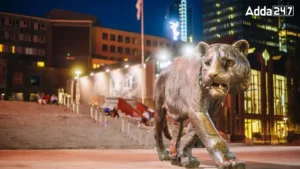Bharatanatyam, the oldest Indian classical dance form, originated in the Tanjore district of Tamil Nadu, India. It is considered the mother of many other classical dance styles in India. The name Bharatanatyam is derived from the Tamil words: “Bha” for Bhavam (expression), “Ra” for Ragam (music), “Ta” for Talam (rhythm), and “Natyam” for dance.
Historical Significance of Bharatnatyam
Bharatnatyam is deeply rooted in Indian culture and history. It is believed to have been taught to Bharata Muni by Lord Brahma, an ancient sage, who documented it in the Natya Shastra, a seminal Sanskrit text on Indian dramatics and aesthetics. The Natya Shastra serves as a foundational text for Indian classical dance and theater.
Dance and Drama
Bharatanatyam encompasses both Nritta (pure dance) and Nritya (expressive dance). Nritta focuses on intricate footwork and movements without any specific narrative, while Nritya combines emotive expressions with hand gestures and intricate body movements to convey stories and evoke feelings.
Music of Bharatnatyam
The music of Bharatanatyam is based on Carnatic classical music. The primary musical instruments used in Bharatanatyam performances are the Mridangam (a percussion instrument) and a pair of cymbals. Occasionally, instruments like the Veena, Violin, Ghatam, and Flute are also utilized to accompany the dance.
Costumes of Bharatnatyam
The attire of Bharatanatyam dancers is elaborate and traditional. It typically includes a Kanchipuram silk or Banaras silk “Paijama” or dhoti, adorned with intricate designs, along with a jacket. Female dancers wear a fitted “choli” or blouse, matching the color and fabric of the dhoti.
Legacy and Evolution of Bharatnatyam
Bharatnatyam traces its origins to the temples of Tamil Nadu, where it was performed as a form of devotional offering by Devadasis, temple dancers dedicated to serving the deities through dance. Over time, it evolved from a religious ritual to a sophisticated art form performed on stage.




 Which City is known as the City of Grape...
Which City is known as the City of Grape...
 Who was Known as the Court Poet of Samud...
Who was Known as the Court Poet of Samud...
 Which City of Norway is Known as the Cit...
Which City of Norway is Known as the Cit...







